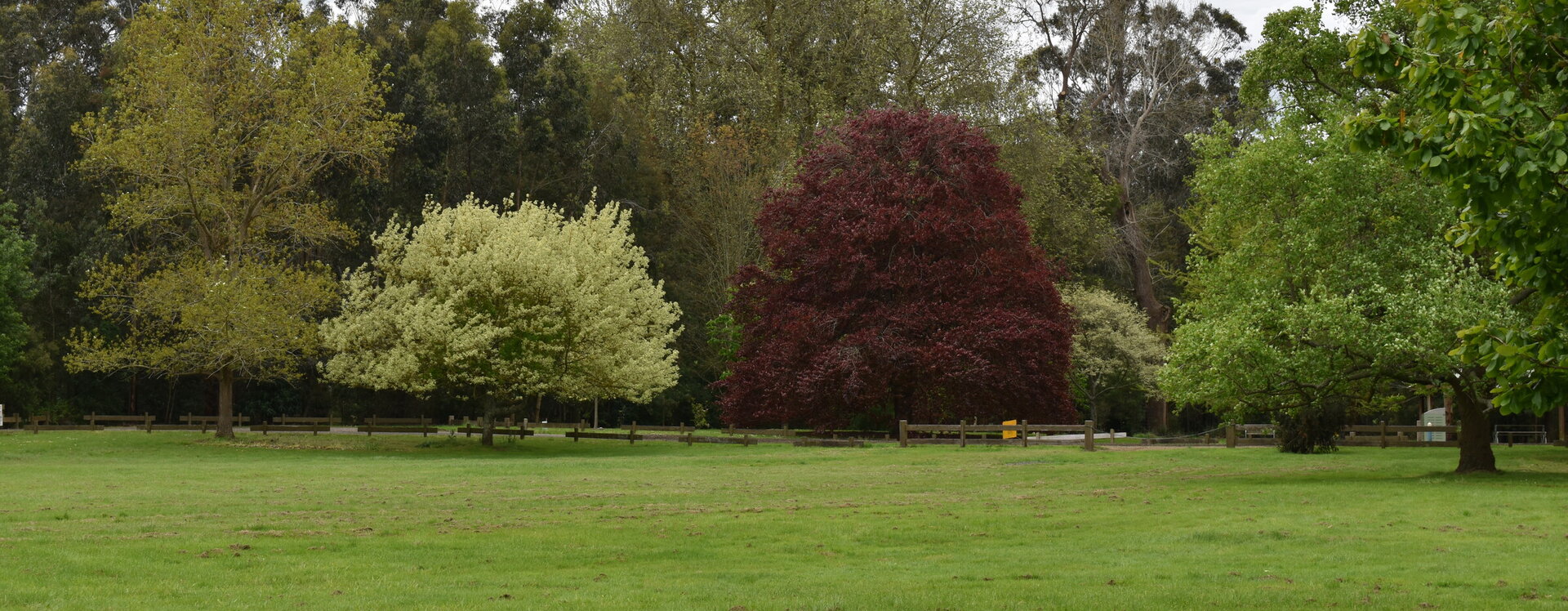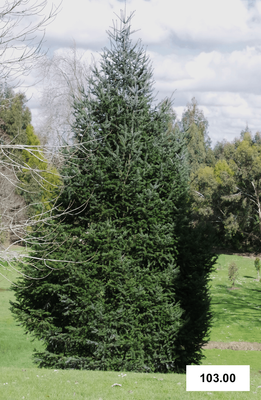
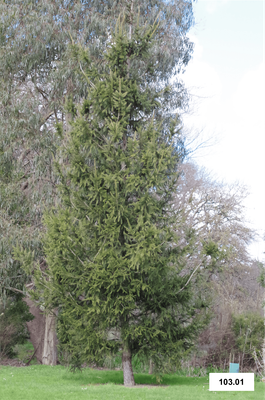

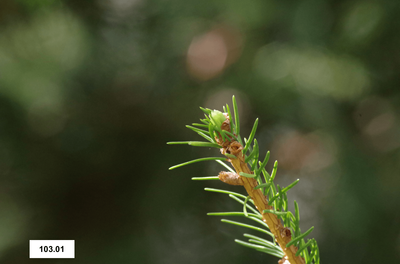
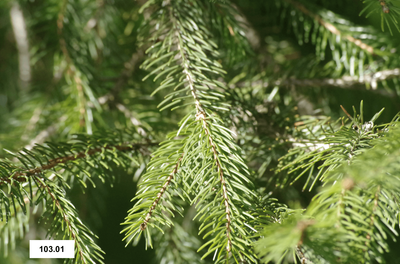

Picea abies
Picea
Picea abies, the Norway spruce or European spruce, is a species of spruce native to Northern, Central and Eastern Europe. It has branchlets that typically hang downwards, and the largest cones of any spruce, 9–17 cm long. It is very closely related to the Siberian spruce (Picea obovata), which replaces it east of the Ural Mountains, and with which it hybridizes freely. The Norway spruce has a wide distribution for it being planted for its wood, and is the species used as the main Christmas tree in several countries around the world. It was the first gymnosperm to have its genome sequenced. The Latin specific epithet 'abies' means 'fir-like'. Norway spruce is a large, fast-growing evergreen coniferous tree growing 35–55 m tall and with a trunk diameter of 1 to 1.5 m. The shoots are orange-brown and glabrous. The leaves are needle-like with blunt tips, 12–14 mm long, quadrangular in cross-section, and dark green on all four sides with inconspicuous stomatal lines. The seed cones are 9–17 cm long (the longest of any spruce), and have bluntly to sharply triangular-pointed scale tips. They are green or reddish, maturing brown 5–7 months after pollination. The seeds are black, 4–5 mm long, with a pale brown 15 mm wing. The tallest measured Norway spruce is 62.26 m (204 ft) tall and grows near Ribnica na Pohorju, Slovenia. Our specimens were planted in 2004.
103.00 Location A3/B3 Latitude; -38.401461270000 Longitude; 146.051574080000
103.01 Location E6 Latitude; -38.402938650000 Longitude; 146.052731710000
